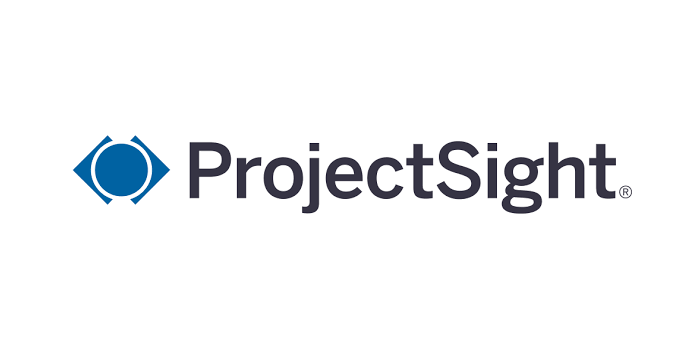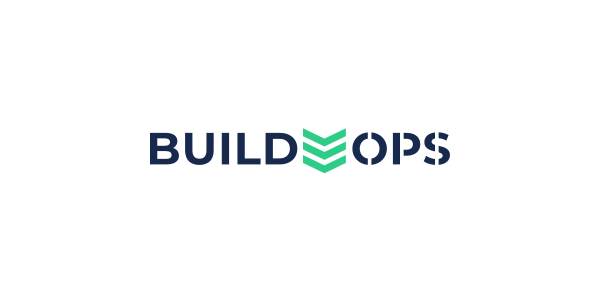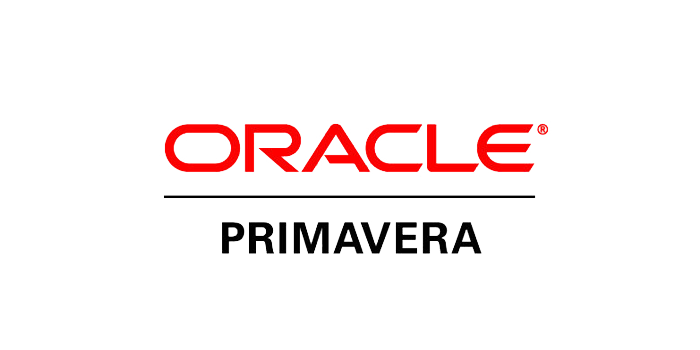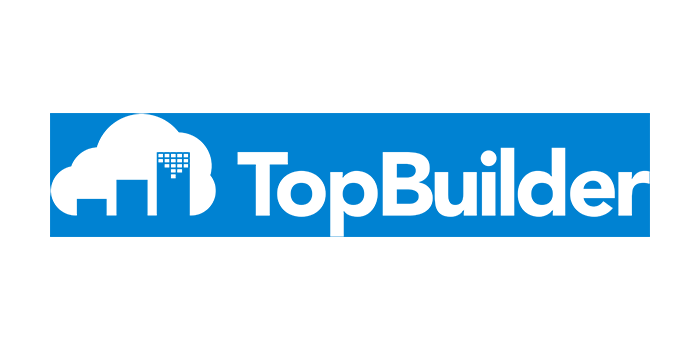
Article written by Brielle Regdos for CDP
Cost loading is a key project management and construction practice that involves distributing the total project cost across its scheduled activities. Each task is assigned a cost value representing the labor, materials, equipment, and other expenses required for its completion. The primary goal of cost loading is to monitor financial progress, allowing project managers to track not only the work completed but also the amount of money earned or spent in relation to that progress. It facilitates the creation of S-curves— cumulative cost vs. time charts that compare planned and actual spending— and supports Earned Value Management (EVM), which helps calculate essential performance indicators such as planned value, earned value, and cost performance index.
By linking cost and time together, cost loading transforms a simple project schedule into a time-phased budget that provides clear insight into when and where money will be spent throughout the project’s duration. This approach turns a basic project completion timeline into a comprehensive cash flow plan, allowing teams to forecast monthly or quarterly funding needs, identify high and low expense periods, and coordinate payments effectively with finance teams or clients. As a result, it helps prevent cash flow shortages and potential financing delays.
Through its connection with Earned Value Management, cost loading establishes a reliable foundation for evaluating project performance using planned value (PV), earned value (EV), and actual cost (AC). These metrics allow project teams to calculate schedule and cost performance indicators, determining whether the project is on track or deviating from budget and schedule targets. Cost-loaded activities make it easier to track project performance because progress can be measured not just by how much work is done, but also by how much money has been spent or earned. This gives stakeholders a clearer and more accurate view of the project’s overall status.
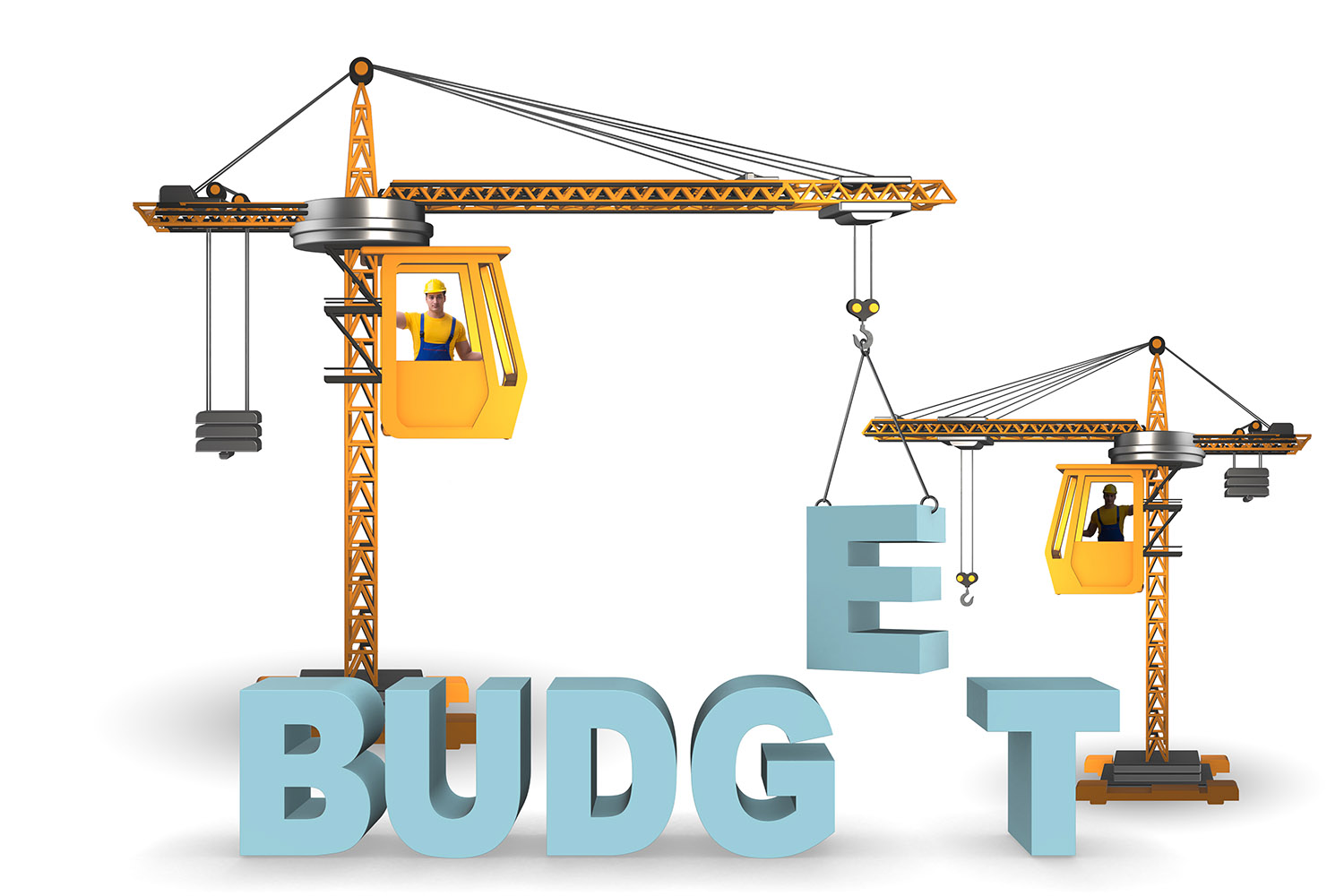
Another major benefit of cost loading is improved reporting and transparency. Clients, owners, and management often require S-curves, cash flow forecasts, and value-of-work-done reports, all of which can be generated directly from a cost-loaded schedule. This promotes better communication, accountability, and trust among all parties. Linking cost with time helps detect issues early, making it easier to identify cost overruns, schedule slippage, and resource inefficiencies.
Cost loading transforms a simple timeline into a powerful project control tool that enables accurate forecasting, real-time performance tracking, and informed decision-making. A cost-loaded schedule not only provides greater visibility into spending and cash flow but also fosters collaboration, transparency, and financial discipline. Ultimately, it empowers project teams to anticipate challenges, maintain control, and deliver successful projects on time and within budget, making cost loading a key piece of effective project management.
Contact CDP to learn more about cost-loading.


